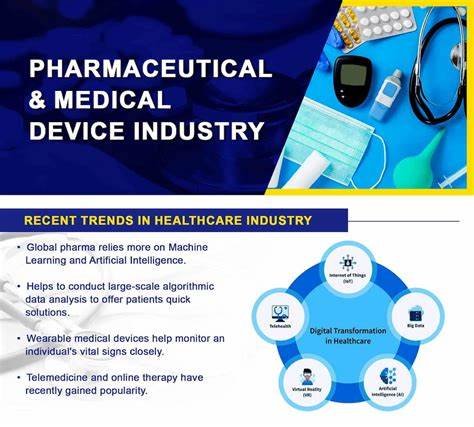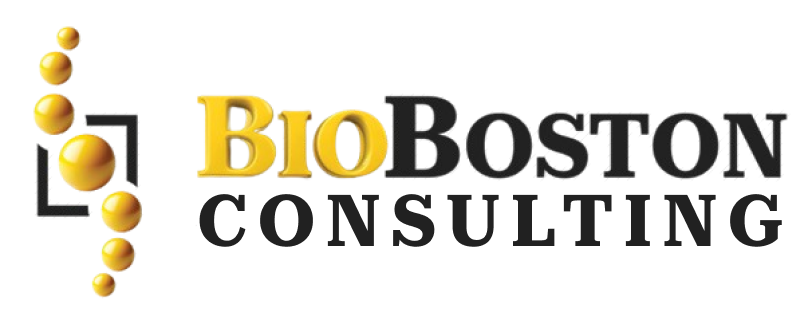Understand how conducting gap assessments can help pharmaceutical and medical device organizations prioritize actions for compliance and patient safety
A gap assessment within the controlled environment of pharmaceutical and medical device industries has been considered crucial for compliance, quality, and patient safety. But what does a gap assessment do to an organization? It helps identify areas of noncompliance, weaknesses, and opportunities for improvement in the processes, systems, and practices prevailing at any point of time. In the following pages, we shall reflect on best practices and the risk-based approach for conducting a comprehensive gap assessment within the pharmaceutical and medical device sectors.
Define the Scope and Objectives:
Clearly state before initiating the gap assessment the scope and objectives. List the specific regulations, standards, guidelines, and internal requirements to be applied. Decides the focus areas, for example, quality management systems, manufacturing processes, product safety, data integrity, or supply chain management. It will help in proper streamlining of the assessment and make the process effective.
Engage cross-functional teams:
A gap assessment engages the employees from cross-functional teams that represent all departments within an organization, for example, quality assurance and regulatory affairs, research and development, manufacturing, and others should be represented to have an overall assessment and reduce biases in identifying gaps and risks. Everything that has a bearing on the manufacturing process of drug products, as well as the quality control aspects, must be included in the BPCR. Consider the following critical elements that need to be documented in the BPCR:
Regulatory landscape review:
Research the latest regulations and guidelines in the pharmaceutical and medical device manufacturing industry. Understand what is required for authorities like the FDA or EMA from the companies. During this gap assessment, integrate these requirements to ensure proper compliance and better mitigate regulatory risks.
Conduct Risk-Based Approach:
A risk-based approach is necessary in ensuring a comprehensive and effective gap assessment. Determine the critical items together with their associated risk categories in different areas, such as patient safety impact, regulatory non-compliance, business impact, and criticality. Prioritize those high-risk areas and guide the allocation of resources. Tools such as FMEA and HACCP can be adopted as a stepwise guide for identifying potential failure modes and risk assessment.
Review of Documentation and Procedures
Check if standard operating procedures, batch records, validation protocols, and quality manuals are up to date according to regulatory requirements and best practices in the industry. Clearly determine gaps, inconsistencies, or outdated procedures where updates or reviews would be necessary to meet today’s standards.
On-site audits and inspections:
The purpose of on-site audits and inspections is to ensure compliance with relevant regulations and in-house requirements. Review the facilities, equipment, cleanliness, records for training, and compliance with GMP and Good Documentation Practices (GDP) for compliance. Deviations and non-conformances or gaps of existing violation will be identified and documented for further rectification.
Data integrity evaluation:
Data integrity is important in the modern information age. Evaluate data integrity controls and practices within the organization, including electronic systems and records. Conduct control for accuracy, completeness, traceability, and security against unauthorized access and alterations and data loss.
Identify Corrective and Preventive Actions (CAPAs):
Identifies gaps and risks, followed by CAPA design. Accountability, deadlines, and measurable objectives need to be defined so that the identified gaps can be addressed. Implement CAPAs based on risk mitigation, continuous improvement, and sustainability of compliance.
Periodic Review and Monitoring:
All CAPAs implemented should be reviewed and monitored periodically to ensure effectiveness. There should be proper KPIs, and metrics instituted for tracking compliance and newly emerging gaps or risks. The gap assessment process, when reviewed periodically, ensures its continued relevance and alignment to the evolving nature of regulations and industry expectations.
Conclusion
The gap assessments in the pharmaceutical and the medical device industries constitute a proactive approach in compliance, product quality, and patient safety. Using best practices and risk-based approaches outlined in this article will help organizations identify significant gaps, prioritize the correct activities, and allow processes and systems to work as effectively as possible. Conducting regular gap assessments, combined with equally robust corrective and preventive actions, contributes to a culture of continuous improvement and regulatory compliance in these critical industries.
Contact BioBoston Consulting today or visit our website to learn more about how we can help your regulatory activities.


